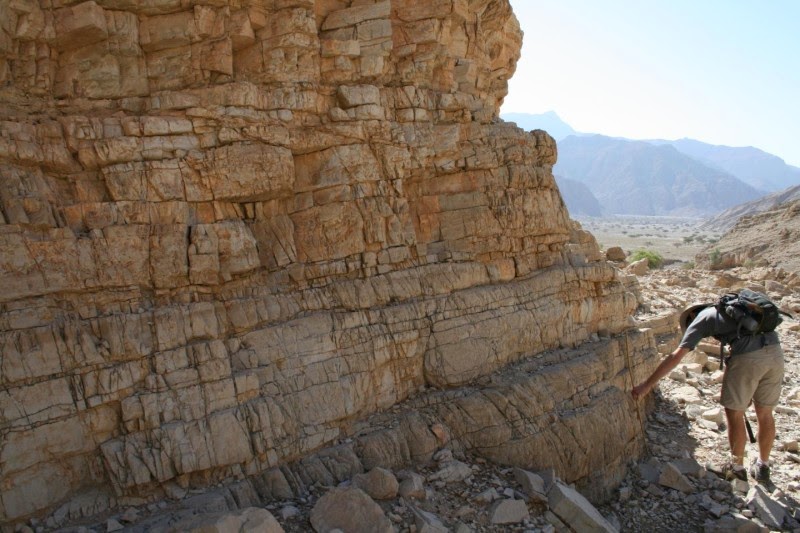
Changes to the Earth’s oceans, caused by extreme volcanic activity, triggered the greatest extinction of all time, a study suggests.
The event, which took place 252 million years ago, wiped out more than 90 per cent of marine species and more than two-thirds of the animals living on land.
It happened when Earth’s oceans absorbed huge amounts of carbon dioxide from volcanic eruptions, researchers say.
This changed the chemical composition of the oceans — making them more acidic — with catastrophic consequences for life on Earth, the team says.
The study, co-ordinated by the University of Edinburgh, is the first to show that highly acidic oceans were to blame.
The findings are helping scientists understand the threat posed to marine life by modern-day ocean acidification. The amount of carbon added to the atmosphere that triggered the mass extinction was probably greater than today’s fossil fuel reserves, the team says.
However, the carbon was released at a rate similar to modern emissions. This fast rate of release was a critical factor driving ocean acidification, researchers say.
The Permian-Triassic Boundary extinction took place over a 60,000 year period, researchers say. Acidification of the oceans lasted for around 10,000 years.
Ocean acidification was the driving force behind the deadliest phase of the extinction, which dealt a final blow to an already unstable ecosystem, researchers say. Increased temperatures and widespread loss of oxygen in the oceans had already put the environment under pressure.
Oceans can absorb some carbon dioxide but the large volume released — at such a fast rate — changed the chemistry of the oceans, the team says.
The mass extinction of both marine and land-based animals demonstrates that extreme change took place in all of Earth’s ecosystems, the team says.
The team analysed rocks unearthed in the United Arab Emirates — which were on the ocean floor at the time — to develop a climate model to work out what drove the extinction. The rocks preserve a detailed record of changing oceanic conditions at the time.
The study, published in the journal Science, was carried out in collaboration with the University of Bremen, Germany, and the University of Exeter, together with the Universities of Graz, Leeds, and Cambridge.
Funding was provided by the International Centre for Carbonate Reservoirs, Natural Environment Research Council, The Leverhulme Trust, German Research Foundation and the Marsden Fund.
Dr Matthew Clarkson, of the University of Edinburgh’s School of GeoSciences, who co-ordinated the study, said: “Scientists have long suspected that an ocean acidification event occurred during the greatest mass extinction of all time, but direct evidence has been lacking until now. This is a worrying finding, considering that we can already see an increase in ocean acidity today that is the result of human carbon emissions.”
Professor Rachel Wood, of the University of Edinburgh’s School of GeoSciences, said: “This work was highly collaborative and the results were only possible because we assembled a unique team of geochemists, geologists and modellers to tackle an important and long-standing problem.”
Reference:
M. O. Clarkson, S. A. Kasemann, R. A. Wood, T. M. Lenton, S. J. Daines, S. Richoz, F. Ohnemueller, A. Meixner, S. W. Poulton, E. T. Tipper. Ocean acidification and the Permo-Triassic mass extinction. Science, 2015 DOI: 10.1126/science.aaa0193
Note: The above story is based on materials provided by University of Edinburgh.










